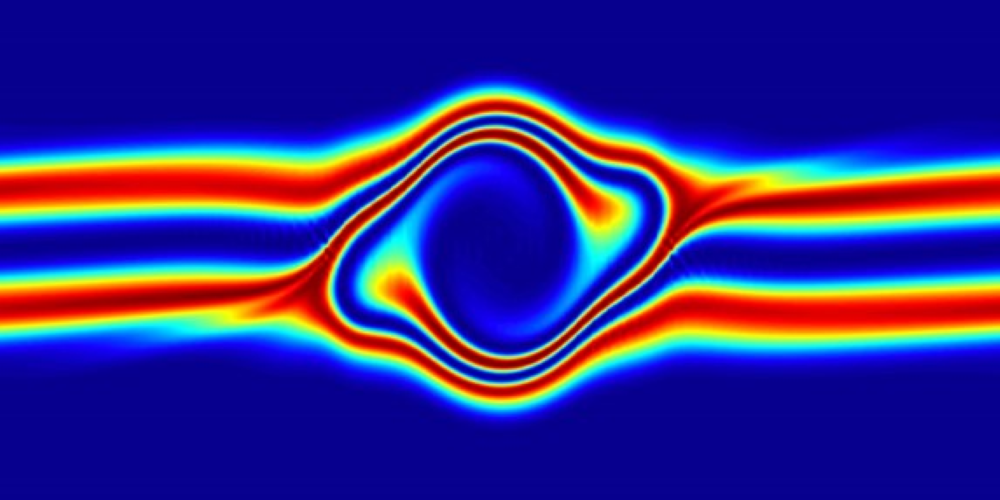As you gaze into the night sky, stars look like tiny, glowing pinpricks shining through the dark. But inside those stars, reactions occur that produce staggering amounts of energy. All stars – including our sun – produce energy through a powerful reaction called fusion. Here on Earth, scientists supported by the Department of Energy (DOE) are working to harness this reaction for energy production. If we could produce energy from fusion, it would provide a reliable source of power that neither creates greenhouse gases nor long-lived radioactive waste.
Fusion occurs when two nuclei combine to create a new nucleus. The new nucleus is heavier than either of the original nuclei but lighter than their mass combined. That difference in mass becomes energy – a lot of energy.
To produce fusion reactions on Earth, we need to create and maintain a plasma hot enough for this reaction to occur. Called the “fourth state of matter,” plasma forms when a gas gets so hot that the electrons separate from the nuclei of an atom. Plasma is made of these super-heated ions and electrons. In fusion devices, it exists in an ultra-hot blob-like form.
Using existing technology, we can start a fusion reaction. However, we can’t maintain the reaction long enough to produce and harness energy from it. In the future, scientists want to improve their control over the process well enough so the reaction can be self-sustaining.


